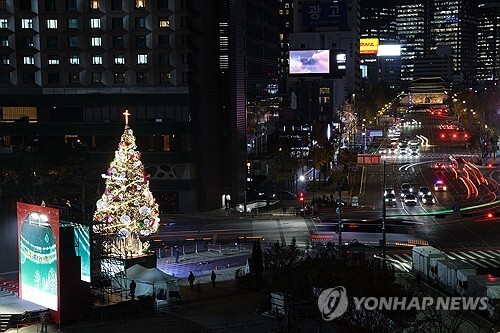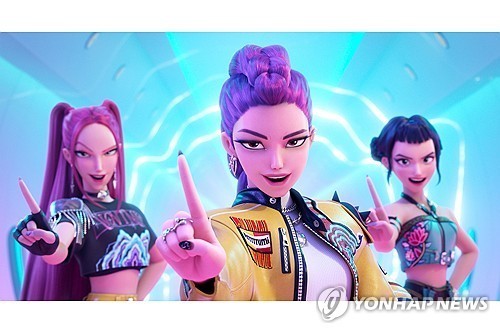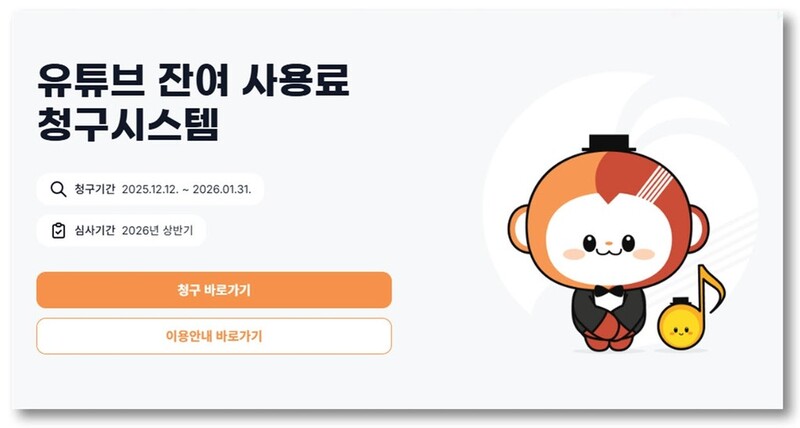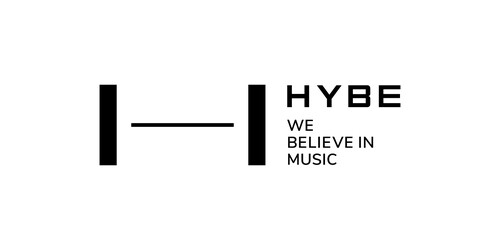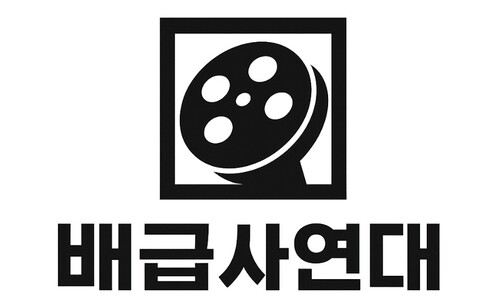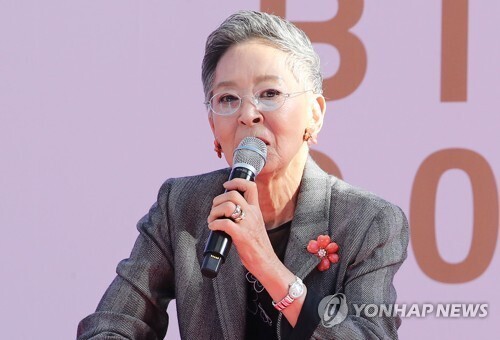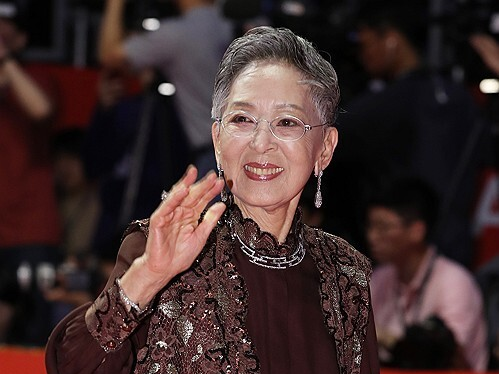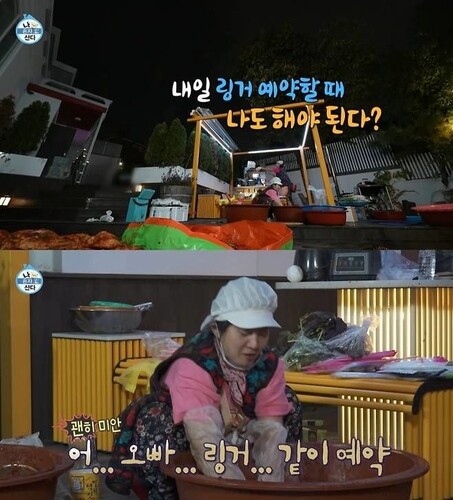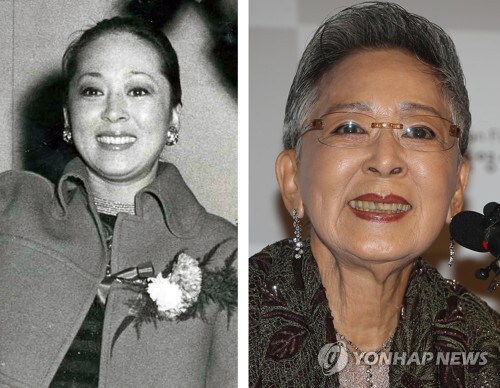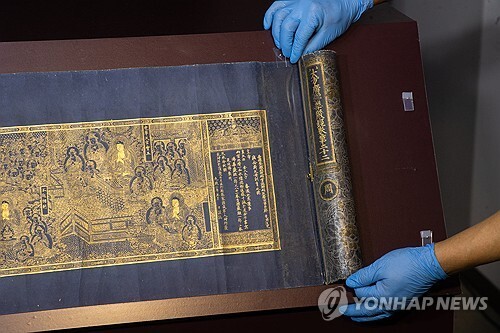 |
| ▲ A staff member unveils the cover of "Avatamsaka Sutra, Volume 22, Main Text, in Gold on Indigo Paper" during a media briefing on the return of Korean cultural heritage from Japan, held under the theme "The Essence of Buddhist Art: The Return of Goryeo Sutra Transcriptions and Joseon Buddhist Paintings," at the National Palace Museum of Korea in Jongno-gu, Seoul, on July 8, 2025. (Yonhap) |
SEOUL, July 8 (Yonhap) -- A rare Goryeo-era Buddhist scripture painstakingly transcribed in gold ink and a valuable painting from early Joseon depicting ten kings who judge the dead have been returned to South Korea from Japan.
Due to their scarcity and exceptional preservation, the repatriated artifacts are regarded as highly valuable cultural properties.
The Korea Heritage Service (KSA) and the Overseas Korean Cultural Heritage Foundation announced
Tuesday that they have retrieved two significant cultural artifacts: the “Avatamsaka Sutra, Volume 22” written in gold ink on indigo paper, and a “Painting of the Ten Kings of Hell.”
The scripture, titled “Gamjigeumni Daebanggwangbul Hwaeomgyeong Jubon, Volume 22,” is a Goryeo-period Buddhist text written with gold pigment on dark blue paper. Such manuscripts, known as sagyung (transcribed sutras), were originally produced to promote Buddhist teachings but later became offerings for accruing merit.
 |
| ▲ A staff member unveils the cover of "Avatamsaka Sutra, Volume 22, Main Text, in Gold on Indigo Paper" during a media briefing on the return of Korean cultural heritage from Japan, held under the theme "The Essence of Buddhist Art: The Return of Goryeo Sutra Transcriptions and Joseon Buddhist Paintings," at the National Palace Museum of Korea in Jongno-gu, Seoul, on July 8, 2025. (Yonhap) |
This volume, part of the foundational text of the Avatamsaka school of Buddhism, conveys the journey of Vairocana Buddha as he ascends to the heavenly palace of Tusita, emphasizing the unity of Buddha and all sentient beings.
It is believed to be the 22nd volume of an 80-volume Chinese translation of the Avatamsaka Sutra by the Tang Dynasty monk Śikṣānanda (652–710). When fully unrolled, the scroll measures 10.9 meters in length.
The cover is adorned with five golden and silver lotus flowers surrounded by vine patterns. An inscription reveals that a Goryeo eunuch named Jeong Dok-mandara (1290–?), who later rose to an official post in the Yuan Dynasty, completed the manuscript in 1334 in gratitude for the blessings of his parents and the emperor.
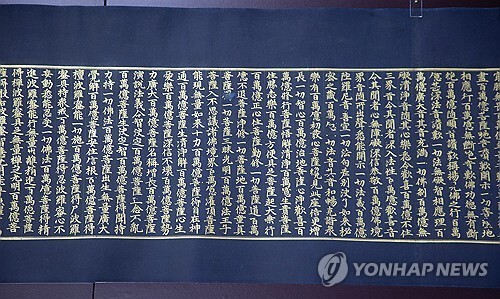 |
| ▲ A staff member unveils the cover of "Avatamsaka Sutra, Volume 22, Main Text, in Gold on Indigo Paper" during a media briefing on the return of Korean cultural heritage from Japan, held under the theme "The Essence of Buddhist Art: The Return of Goryeo Sutra Transcriptions and Joseon Buddhist Paintings," at the National Palace Museum of Korea in Jongno-gu, Seoul, on July 8, 2025. (Yonhap) |
The illustrated frontispiece, or byeonsangdo, offers a condensed visualization of the sutra's content. At the top right, Vairocana Buddha is depicted surrounded by bodhisattvas, while other scenes portray his teachings under the Bodhi tree, in Trāyastriṃśa Heaven, Yāma Heaven, and Tusita Heaven.
“The refined and skilled linework suggests the work of a professional monastic calligrapher,” a CHA official said.
Goryeo-period sagyung are considered national treasures or cultural assets in many cases, with two versions of the Avatamsaka Sutra designated as National Treasures and ten as Treasures. The newly returned scroll closely matches a similar item held by the Coreana Cosmetics Museum.
The “Painting of the Ten Kings,” believed to date back to early Joseon, portrays ten judges of the afterlife, each seated in a separate panel judging the sins of the dead. The silk painting measures 66 cm by 147 cm and is a complete set — a rarity.
Its existence was previously documented in Catalog of Selected Korean Antiquities from Yugensai Collection, compiled by Japanese collector Irie Takeo, who once ran the antique shop Ijodang in Kyoto. According to scholars, only two complete early Joseon examples of such paintings are known — one in a Japanese temple and this newly returned piece.
“This is the only complete early Joseon painting of the Ten Kings currently known in Korea,” the CHA said, emphasizing its historical and research value.
The figures of the ten kings are rendered with imposing physiques and solemn expressions, while the punished souls are drawn smaller, underscoring the power dynamic. Notably, King Yama is depicted wearing a crown adorned with the Big Dipper constellation, emphasizing his authority over death. King Byeonseong's depiction features “lotus birth,” a Buddhist motif symbolizing rebirth through lotus flowers — a rare element in hell scenes.
The artifacts were identified during ongoing efforts to locate Korean cultural heritage abroad. In October 2023, a Japanese antique collector contacted the foundation regarding the Goryeo scripture. Following negotiations and verification, the artifact was brought back to Korea in April. The collector had reportedly purchased it at a Japanese auction last year.
The painting of the Ten Kings was acquired at a Japanese auction in August 2023. Its previous owner inherited it from Korean-Japanese parents about 20 years ago.
The repatriation was made possible using proceeds from the national lottery fund.
“These are prime examples of Buddhist art from Goryeo and early Joseon,” said Cultural Heritage Administrator Choi Eung-chon. “We will ensure these pieces are made accessible to the public so their historical value can be shared widely.”
(C) Yonhap News Agency. All Rights Reserved







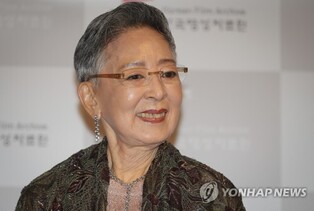
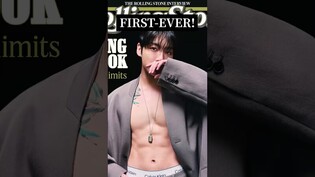
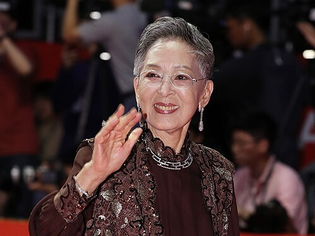
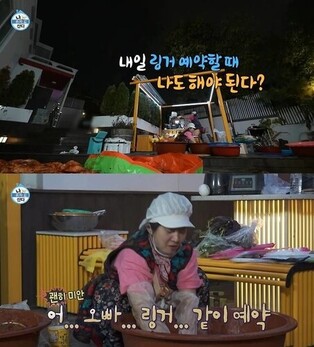
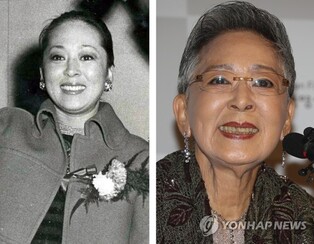
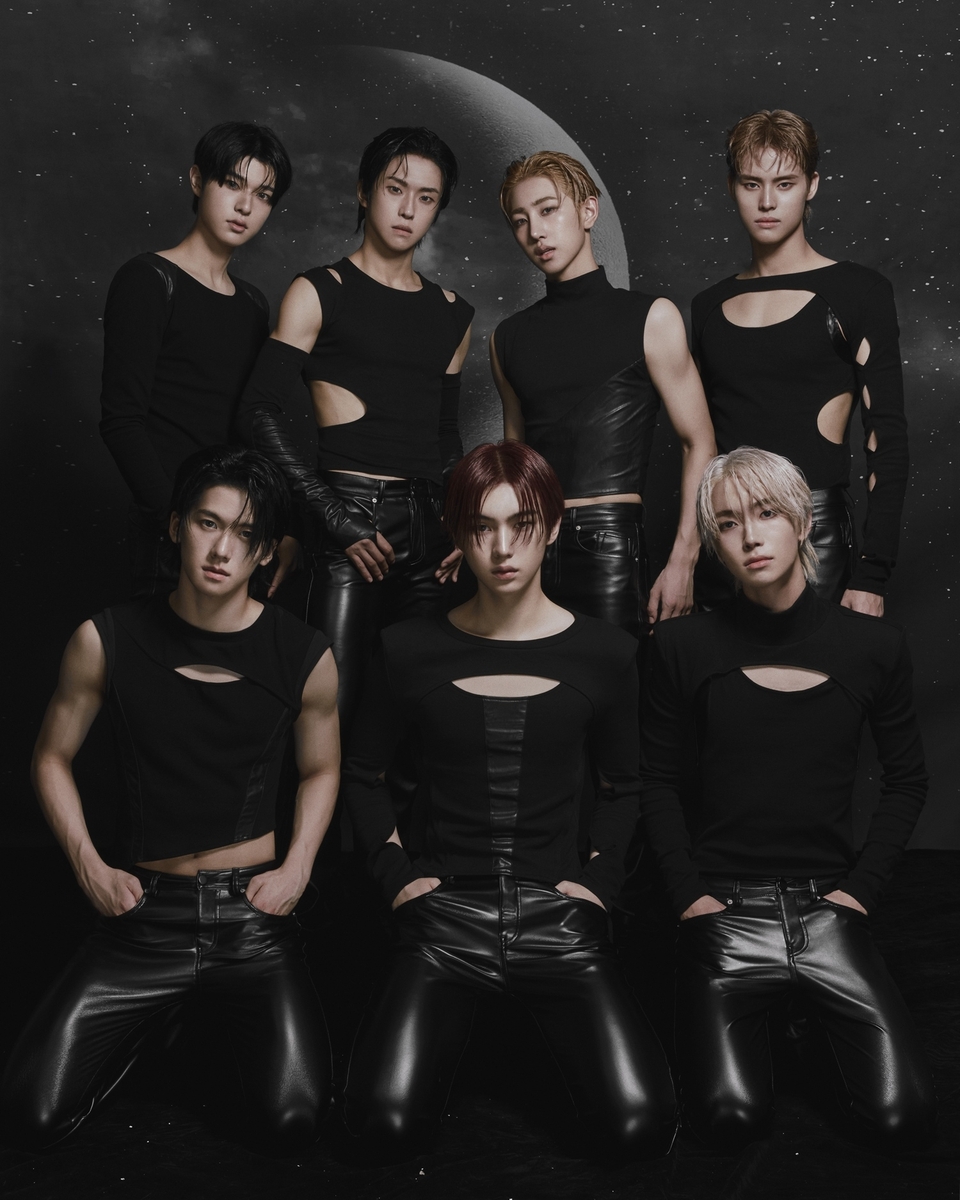
![[가요소식] 지코, 요아소비 이쿠라와 신곡 '듀엣' 발매](https://korean-vibe.com/news/data/20251212/yna1065624915953509_920_thum.jpg)
